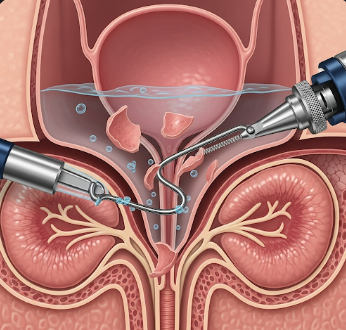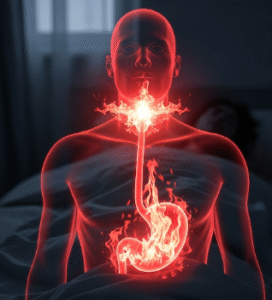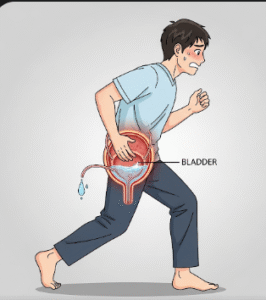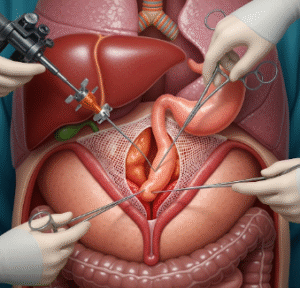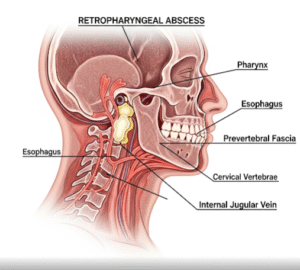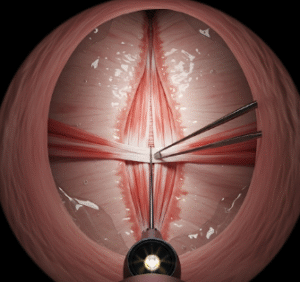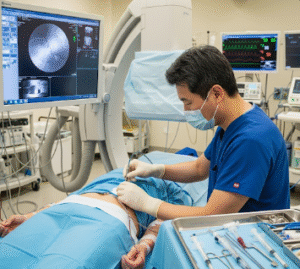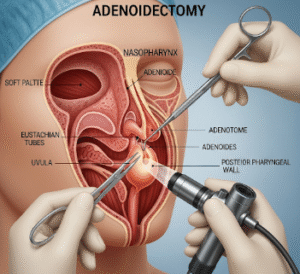Overview
Transurethral resection of the prostate (TURP) is a minimally invasive surgical procedure commonly used to treat benign prostatic hyperplasia (BPH), a non-cancerous enlargement of the prostate gland. During TURP, a thin instrument called a resectoscope is inserted through the urethra to shave away excess prostate tissue that is blocking urine flow.
In Korea, TURP is one of the most frequently performed urological surgeries, supported by advanced medical technologies, modern surgical instruments, and highly experienced urologists. It offers effective symptom relief for men with moderate to severe urinary difficulties caused by an enlarged prostate.
What is TURP?
TURP is often recommended when medications for BPH fail to provide adequate relief or when complications such as urinary retention, recurrent infections, bladder stones, or kidney damage develop.
Conditions commonly treated with TURP include:
- Benign Prostatic Hyperplasia (BPH)
- Severe urinary obstruction
- Frequent nighttime urination (nocturia)
- Weak urinary stream and difficulty starting urination
- Bladder stones or recurrent urinary infections caused by BPH
What are the Benefits?
✅ Proven gold-standard treatment for BPH worldwide
✅ Minimally invasive compared to open prostate surgery
✅ Provides long-lasting symptom relief
✅ Improves urinary flow and bladder emptying
✅ High success rate and quick recovery in Korean hospitals
Procedure Details
1) How should I prepare for TURP?
- ✦ Medical evaluation: Blood tests, urine tests, ECG, and imaging of the urinary tract
- ➤ Medication review: Inform the doctor about blood thinners or other chronic medications
- ✦ Fasting: Usually required for 6–8 hours before surgery
- ➤ Hospital stay: Most patients are admitted for 1–3 days in Korea
2) What happens during the procedure?
- ✦ Performed under general or spinal anesthesia
- ➤ A resectoscope (thin tube with light, camera, and loop) is inserted through the urethra
- ✦ The surgeon uses an electrical loop to shave off excess prostate tissue
- ➤ Tissue pieces are flushed into the bladder and removed for pathology examination
- ✦ A urinary catheter is placed at the end of surgery to help drain urine and allow healing
- ➤ Procedure duration: 60–90 minutes
3) What happens after the procedure?
- ✦ Hospital stay: 1–3 days depending on recovery
- ➤ Catheter remains in place for 1–3 days to allow healing
- ✦ Mild blood in urine and burning sensation are common initially
- ➤ Most patients return to normal activity within 2–3 weeks
- ✦ Follow-up: Korean hospitals often schedule ultrasound and uroflowmetry to assess improvement
Risks / Benefits
Possible Risks:
- Temporary difficulty urinating after catheter removal
- Urinary tract infection (UTI)
- Bleeding during or after surgery
- Retrograde ejaculation (semen enters bladder instead of exiting)
- Rare complications: incontinence or erectile dysfunction
Benefits:
- Long-term relief from urinary obstruction
- High patient satisfaction and improved quality of life
- Avoidance of serious complications like kidney damage from untreated BPH
- In Korea, advanced surgical tools (bipolar TURP, laser-assisted TURP) further reduce risks
Recovery and Outlook
- ✦ Full recovery usually takes 4–6 weeks
- ➤ Most men experience dramatic improvement in urinary flow and symptoms
- ✦ Normal sexual activity can typically be resumed after 4–6 weeks
- ➤ Long-term outcomes: TURP remains the gold-standard procedure for BPH
- ✦ In Korea, outcomes are enhanced by minimally invasive approaches, shorter hospital stays, and advanced post-operative monitoring
When To Call the Doctor
⚠ Persistent or heavy bleeding in urine
⚠ Severe abdominal or pelvic pain
⚠ Inability to urinate after catheter removal
⚠ High fever or signs of infection
Best Korea Option / Process
Korea is among the top destinations for prostate surgery, offering:
- ✦ Advanced endoscopic urology centers specializing in BPH
- ➤ Availability of Bipolar TURP and Holmium Laser Enucleation (HoLEP) as alternatives
- ✦ Short waiting times and efficient surgery scheduling
- ➤ Skilled urologists with high annual surgical volumes
- ✦ Affordable treatment packages with hospital stay included
- ➤ English-speaking international patient services for seamless care
Highlights of TURP in Korea
- ✅ Gold-standard surgical treatment for BPH
- ➤ Minimally invasive with fast recovery times
- ✅ Widely available across top Korean hospitals
- ➤ Options for advanced bipolar and laser techniques
- ✅ High success rate and patient satisfaction

